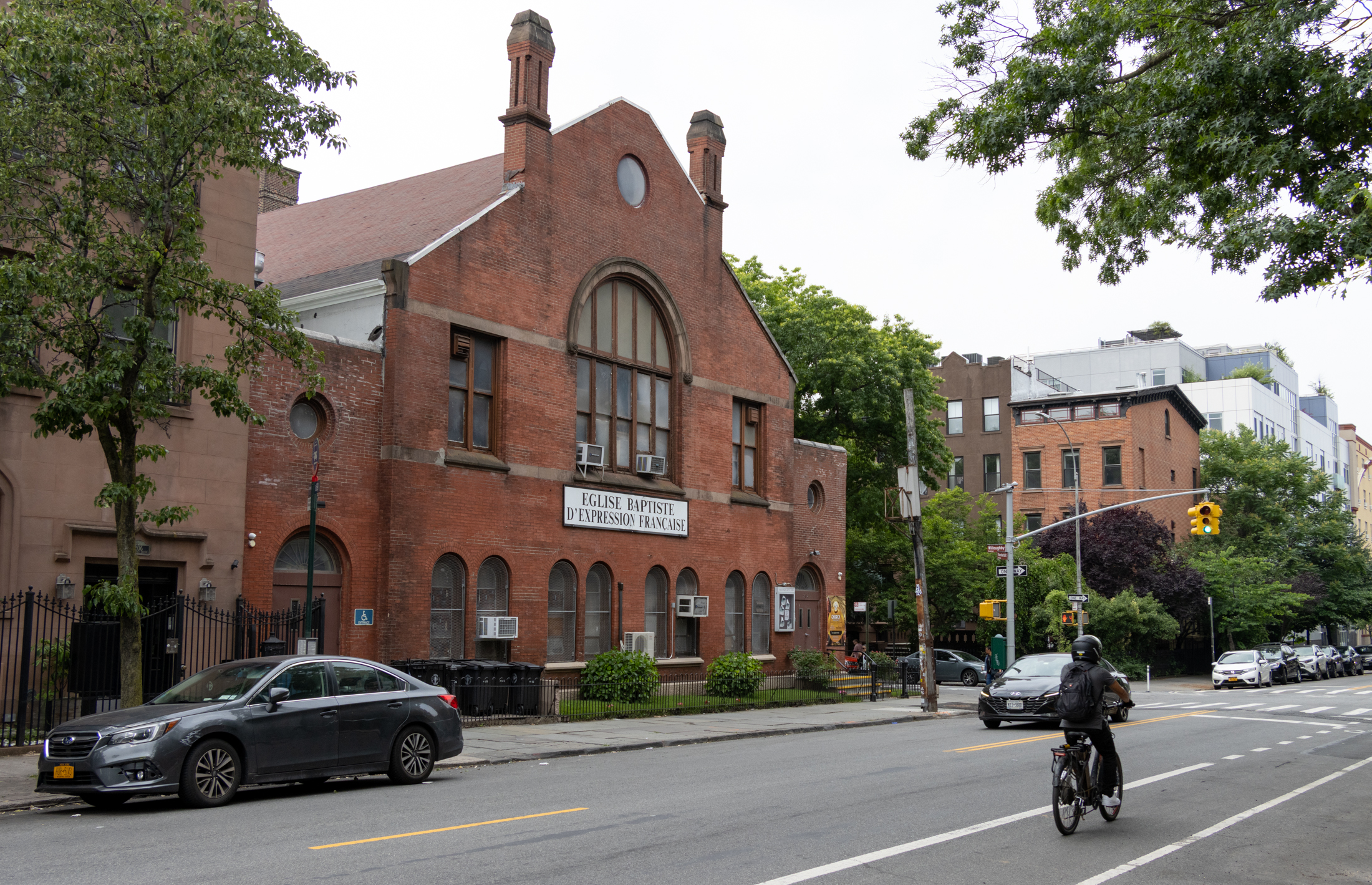Update on the Greenpoint Remediation Project
Yesterday afternoon, a public meeting regarding the Greenpoint Petroleum Remediation Project was held in the auditorium of St. Cecilia’s Church on North Henry Street. In a brief introduction, Assemblyman Joe Lentol indicated that the oil spill issue has received more attention in the last two years than the last twenty-five. Ed Hampston, the project manager…


Yesterday afternoon, a public meeting regarding the Greenpoint Petroleum Remediation Project was held in the auditorium of St. Cecilia’s Church on North Henry Street. In a brief introduction, Assemblyman Joe Lentol indicated that the oil spill issue has received more attention in the last two years than the last twenty-five. Ed Hampston, the project manager for the New York State Department of Environmental Conservation (NYSDEC), provided an update of new developments and ongoing oil recovery activities in the Greenpoint area.
Hampston indicated that current efforts are focused on capturing the oil floating above the groundwater, 7 feet to 40 feet below the surface. There is soil and groundwater contamination, says Hampston, but he estimates that we are a third of the way toward completion of the oil extraction phase of the project. Even so, he emphasized that further work would be necessary even after all the oil is removed, including continued soil recovery and water monitoring. As of January, approximately 10.8 million gallons of petroleum products had been recovered with 881,000 gallons recovered in 2009.
Regarding the pace of the clean-up effort…
 …there are many factors that go into getting the oil out of the ground, Hampston said, over time, wells get old and less oil is pumped. There are areas where petroleum is residual, he explained, rather than mobile free flowing product. Currently, there are 37 recovery wells in operation to remove petroleum from the ground, 12 were installed in the last year or two, said Hampston. Each well contains two pumps; one pump pulls in and treats ground water, while a secondary pump recovers oil, stores it in tanks, and moves it off site for product recycling. We will need new wells to continue clean up at the current pace, said Hampston.
…there are many factors that go into getting the oil out of the ground, Hampston said, over time, wells get old and less oil is pumped. There are areas where petroleum is residual, he explained, rather than mobile free flowing product. Currently, there are 37 recovery wells in operation to remove petroleum from the ground, 12 were installed in the last year or two, said Hampston. Each well contains two pumps; one pump pulls in and treats ground water, while a secondary pump recovers oil, stores it in tanks, and moves it off site for product recycling. We will need new wells to continue clean up at the current pace, said Hampston.
Hampston also described new technologies coming on line. He described a water pulsing system, used to push product toward collection wells. He also explained the boom system in Newton Creek, designed to stop and absorb petroleum before it can seep into open water. In terms of vapor, Hampston reported that substantial investigations for vapor intrusion in residential spaces did not observe petroleum vapors entering homes.
The Greenpoint Petroleum Remediation project, coordinated by NYSDEC, encompasses five spill sites in the northeast section of Greenpoint, where over 17 million gallons of petroleum products were discovered under the ground in 1979 (though refining operations ceased in the 1960s). These sites were home to heavy industrial activity and petroleum refining operations since the mid 1860s. The contaminants released into the subsurface are comprised of a blend of petroleum related liquids, including oils, kerosene and gasoline. The contamination currently extends as far south as the BQE, as far north as the ExxonMobil Brooklyn terminal and as far west as Monitor Street and Kingsland Avenue. For more information, comments or questions, visit the NYSDEC’s webpage dedicated to the clean up – nysdecgreenpoint.com.
— Thomas Santella





What's Your Take? Leave a Comment